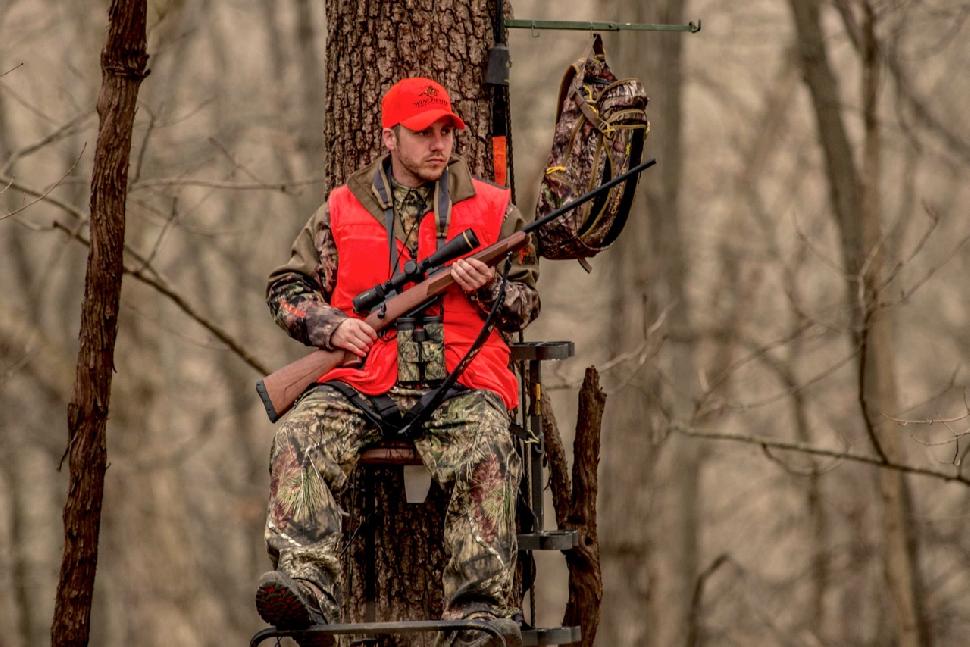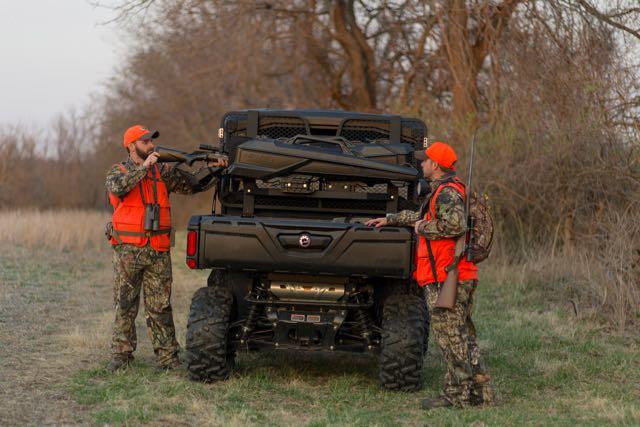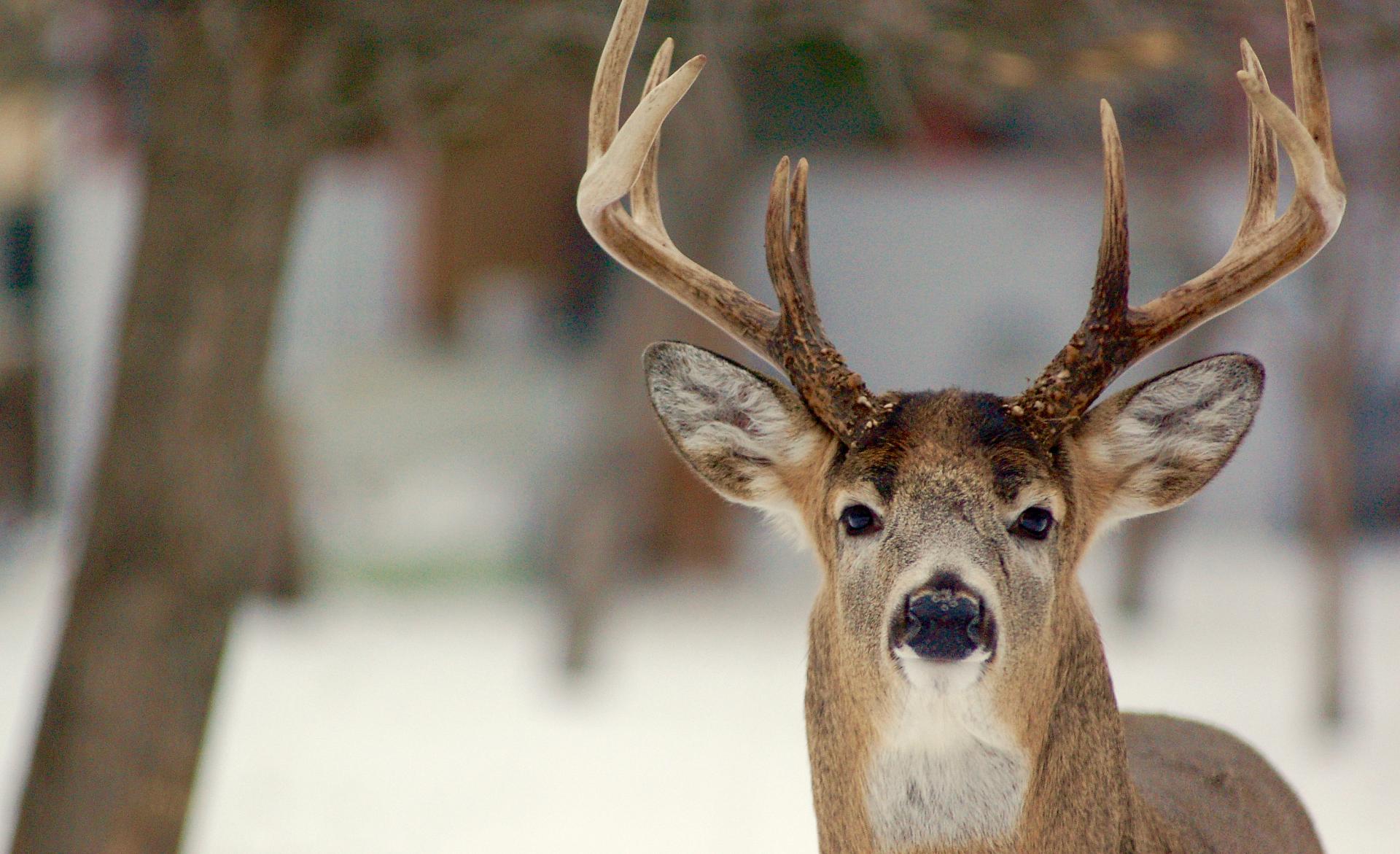Blueprints for Bucks
To Successfully Hunt White-tailed Bucks, You Need to Choose Just the Right Strategy
Advertisement

#1 Hunting from Stands
More hunters tag out while hunting from a treestand or ground blind than with any other tactic. The reason is pretty straightforward: In the cat-and-mouse game that is white-tailed buck hunting, the hunter who moves is the one most likely to make a mistake and get busted.
Pros
When moving through the bush, you risk giving away our presence by making it much easier for deer to see, hear and smell you. But by staying put, whether on the ground or in a tree, you make it harder for them to detect you, considerably reducing the risk of getting busted. That trophy buck, meanwhile, will in turn render himself much more vulnerable if he’s on the move, giving you the chance to see him first if you’re sitting in one place.
Advertisement
While eliminating your risk of getting detected may be the greatest benefit of stand hunting, it doesn’t end there. Stand hunting is arguably the best strategy when you know an area intimately, and you can predict with reasonable accuracy when and where bucks will move. It’s also the preferred method when hunting areas with high deer densities, as you can be fairly sure a buck will eventually pass by—if you’ve selected a good stand location.
What makes a good stand location, whether it’s on the ground or in a tree? First, it must have an unobstructed view of the feeding area or travel corridor you’re hunting. Next, your set-up must be well concealed or dressed to blend in with the natural surroundings. And finally, the location must be downwind of where you expect the deer to appear.
Cons
Treestands and ground blinds are not always the best solutions, however. They’re not very effective in areas with low deer densities, for example, unless you’re near-certain you know where bucks will travel. Dense bush with limited visibility also reduces your chances of success, if for no other reason than the deer will have a better chance of passing by unnoticed.
Advertisement
You must also invest money in these set-ups, whether you buy a pre-made blind or treestand, or pay for materials to build your own. They also require significant scouting and an intimate knowledge of your hunting area, both of which demand a considerable amount of your time.
The wind is another variable that reduces the effectiveness of stands—one unanticipated shift and you’re busted (see “Hunter tip”). And if you do opt to stand hunt, be prepared to remain quiet and alert for many, often uncomfortable, hours. Patience, or rather lack thereof, is the single-biggest deterrent to stand hunting for many, and only you can decide if you have what it takes. Consider, too, that you’ll have to contend with the cold later in the season.
At some point, every deer hunter has considered picking just one spot and sitting there all season, with the assumption a big buck will eventually come into view. If it were really that easy, however, we’d all come home with a bruiser every year. The reality is that deer behaviour changes on a weekly, and even daily, basis in response to a wide range of variables. Not only that, if you sit on any one stand long enough, deer will inevitably discover you and abandon the area. There’s a fine line between being patient in a good location and wearing out your welcome.

Hunter Tip: Move Location
While it’s easy to predict the prevailing wind direction, things can change during the course of your hunt. Anywhere I hunt, for example, the winds always appear to have a mind of their own. If the wind direction does change, it’s a good idea to have scouted out multiple locations you can move your stand to; keep in mind that ground blinds are easier to relocate than treestands. Alternatively, set up multiple permanent stands that you can choose from.

